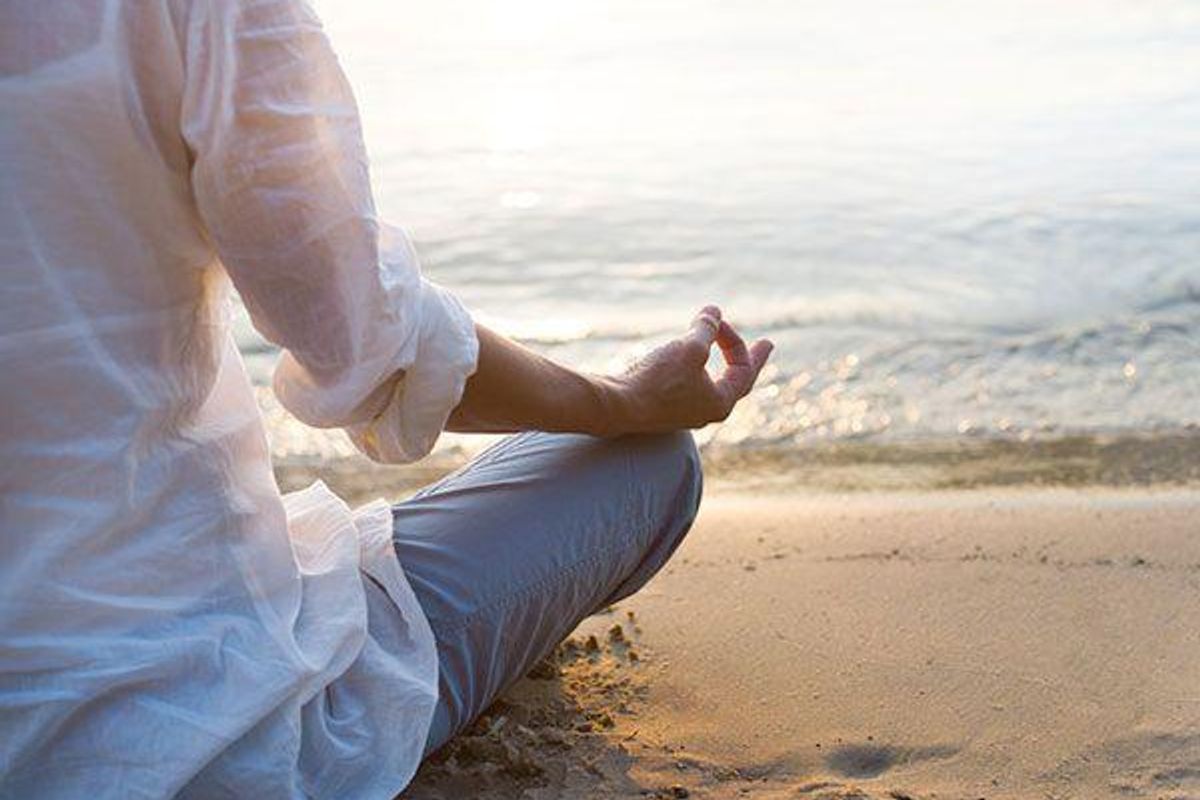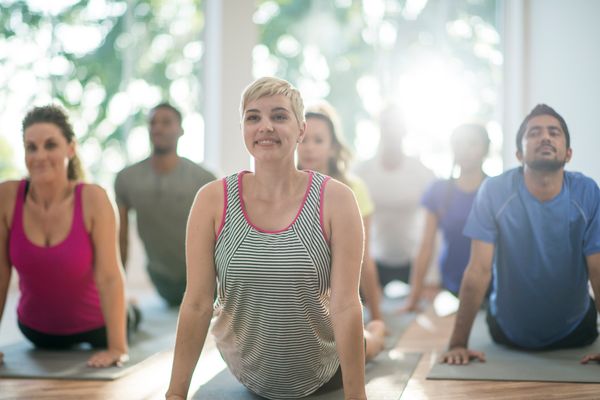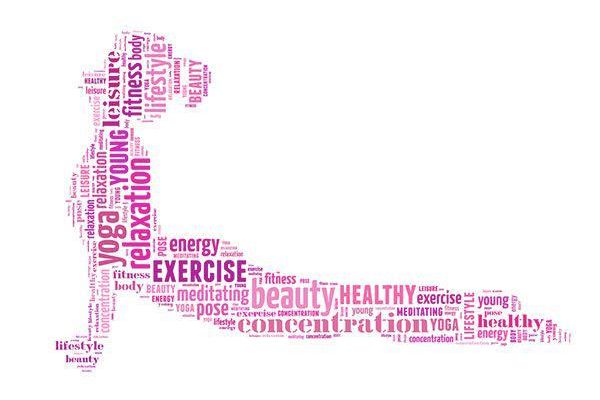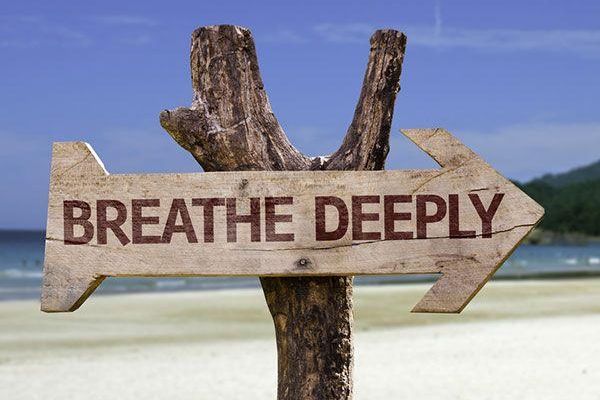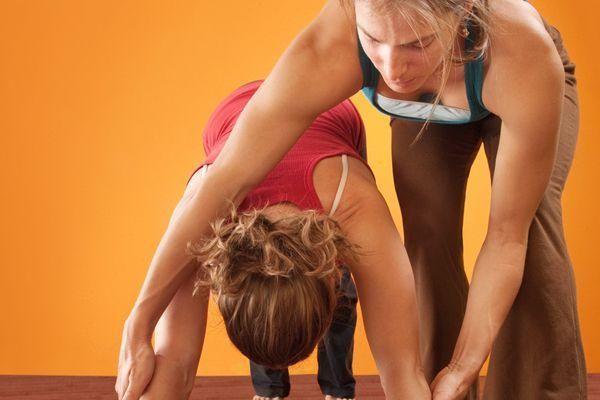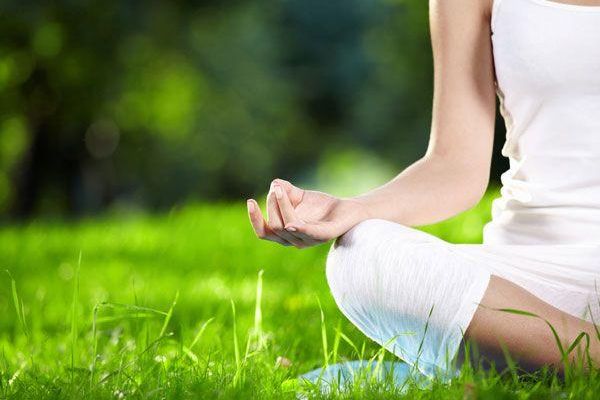It's been a while since I shared progress on my post-50 journey to become a yoga instructor. Through my education at Lourdes Institute of Wholistic Studies, I'm gaining a new perspective on the union between the body and the mind.
Our Amazing Bodies
In prior posts, I told you about my deepening knowledge of anatomy and physiology. This spring, I decided to re-audit anatomy and physics. Our bodies are very complex, with so many muscles, bones, limbs, joints and organs. It's truly amazing how everything works together—or sometimes doesn't work together when you don't take care of yourself. It's been said that a consistent yoga practice can help resolve "the issues in the tissues."
The Power of Prana
I introduced you to prana, the Sanskrit word for "life force," and demonstrated different breathing techniques—dirgha and nadi shodhana—to move prana through the body. Over the past several months, I've learned additional ways to use breath to calm and focus the mind, build lung capacity and activate energy in the body. From ujjayi, great sound breath, to kapalabhati, skull shining breath, to sama vritti and vishama vritti, both with a counting rhythm (sama uses equal counts with inhale and exhale and vishama has a longer exhale), I've witnessed how marrying breath with movement can bring greater benefits to the body and mind.
The Artistry of a Yoga Sequence
My artistry of asanas has multiplied with a broad portfolio of poses to choose from as I enhance my own practice and craft sequences to teach others. There are joint-freeing series, reclining poses, seated poses, standing poses, back bends, forward bends, twists and inversions. There are the three-dimensional aspects of poses, their Sanskrit names and proper alignments. There are key benefits, precautions and restrictions for poses, plus modifications and assists for those who may need help.
We begin each sequence with centering. "Let your thoughts go. Bring your mind to the mat as well as your body," says my instructor L. We end with savasana, known as corpse pose, the most important asana of them all. It's when the body and the mind totally relax lying flat on the mat and the goodness of all the other poses melts into every cell.
While I am not as flexible as some of my younger students, I use props, such as blocks to lift the floor, a strap to lengthen my arms and a blanket under my seat to tilt my pelvis so I can sit up straight. I no longer take "no" for an answer when my friends say they cannot do yoga. Everyone can do yoga. But not everyone looks the same in every pose.
Calming the Mind With Meditation
Morning meditations have become a daily ritual. Learning to be in stillness is part of my training and provides a sense of calm. I sit up tall on my cushion with my legs crossed and my eyes closed. Some days I use my mala beads and focus on a mantra (lately the mantra has been a healing one for all the dental surgery I've endured the past few weeks). Or I listen to Dr. Deepak Chopra meditations (which I highly recommend) or other meditation apps such as MeditateMe. Sometimes I do evening meditations to relax my monkey mind before sleep.
The Philosophy of Yoga
Taking yoga off the mat and becoming more introspective has been a spiritual part of my journey—from reading Stephen Mitchell's translation of the Bhagavad Gita, a time-honored Sanskrit poem, to examining the Yoga Sutras, an ancient text written by the scholar and supposed physician Pantanjali in 200 BCE. I've acquired a sense of deeper consciousness, as it relates to me and the world around me.
"The Bhagavad Gita, or 'Song of the Blessed One,' is about two families fighting for kingship," said my instructor N. "It's a battle drawn out over many years. It is meant to symbolize the battles we have within ourselves." The story is told in a dialogue between Arjuna, a son of one of the families who is facing a spiritual crisis, and Krishna, the god Vishnu.
"The Gita teaches us that when there is violence, everyone hurts," said my fellow student H, whose family is from India and is well-versed in the Gita.
"Patanjali was a sage, and he developed the Sutras to codify yoga," my instructor M said. "Sutra means thread and there are four books, or 'padas,' which explain the nature of the mind, the eight limbs of yoga, the powers of awareness that can come from yoga and liberation from all properties of the material world."
I also enjoyed reading Living Your Yoga by famed yogini Judith Lassiter. Judith draws from the wisdom of these two texts in simple terms, with techniques for "awakening awareness using yoga within yourself, widening the circle using yoga within relationships, and embracing all life with yoga and the world." Chapters on Letting Go, Courage, Relaxation, Patience, Compassion, Fear, Success, Truth and Love are some themes that especially resonated with me.
What's Next?
With about six weeks to go until my YTT200 is complete, it feels like I have so much more to learn. I'm realizing that this transformation journey I'm on during my life after 50 will really never be over. Once touched by the awareness yoga brings, you start to crave it. And the more you work on it, the better you become at it. That's why yoga and meditation are a practice.
"What are your plans for when you graduate?" is a popular question in recent dialogue with family and friends. "I'm not sure" is my usual answer. For now, I'm focused on my studies and preparing for my final exam and practice teaching.
In regards to "what's next" on my post-50 yoga journey, I leave you with a comforting Japanese folk saying from the book A Zen Harvest that appears in the chapter on Faith in Living Your Yoga:
Everything
Changes in this world
But flowers will open
Each spring
Just as usual.
It's a reminder of two mantras I've chanted lately: "to have faith in myself" and "to have the courage to act from my heart and the compassion to stay open" to whatever the future brings.
Namaste.
To read other posts about my yoga journey, click on the links below:
My Yoga Journey: The First Step
My Yoga Journey: It's About Mind, Body, and Spirit
My Yoga Journey: Learning How to Expand My Prana
This post originally appeared on aboomerslifeafter50.com.

